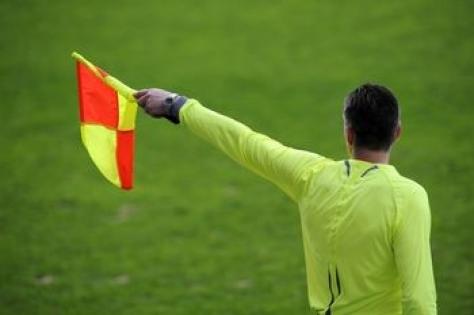With female boxers allowed to compete at the Olympic Games for the first time, the International Olympic Committee (the IOC) recently hailed the London 2012 Olympic Games as being the first where female athletes competed in all of the featured sports.
The IOC has also been eager to draw attention to the fact that all 204 competing nations had now sent both male and female athletes to an Olympic Games. This stands in stark contrast to the first modern Olympics in 1896 at which no women were allowed to compete.
By 1908, the first Olympics to be hosted in London, there had been little progress. At these games a grand total of 37 female athletes competed across three “suitably feminine” events (archery, tennis, and figure-skating).
During the last century, participation by women has grown at elite level, with women accounting for over 44% of competitors at London 2012, up from 36% at the Barcelona Games 20 years earlier.
However, sport continues to remain an unequal playing field.
At London 2012, as with previous games, there were more medals available to male athletes than there were to female athletes - while females were competing in every sport, they were not competing in as many events as their male counterparts.
In the lead up to London 2012, the Amateur International Boxing Association (the world governing body for amateur boxing) had suggested that female boxers should be required to wear skirts so that spectators would be able to distinguish the women from their male counterparts.
Previously, 15 elite women ski jumpers had become so frustrated with the IOC’s reluctance to include the sport in the 2010 Winter Olympic Games that they sued the Organising Committee. Despite the ski jumpers losing the court case the IOC has finally ruled that women’s ski jumping is to be included for the first time at the 2014 Games.
In Australia, participation in sport and physical recreation is generally comparable across genders with 66% of males and 64% of females aged 15 years and over reporting that they had participated in the period 2011-2012. However, within the younger age groups there were marked differences with both males aged 15-17 years having a higher participation rate (85% compared with 70%) and males aged 18-24 years having higher participation rates (76% compared with 67%) than females.
This trend for males to participate more than females is also seen amongst children, with the ABS reporting 66% of boys aged 5-14 participating in organised sport outside of school hours but only 54% of females in 2012.
Reasons for these lower levels of participation by girls and women can be traced back to historical views on females in sport. In the nineteenth century it was believed that women were physiologically unsuited to sporting activity and that engaging in it may even be damaging to their “frail” bodies.
In addition to this medical view it was also believed that the qualities and behaviours required for sport were contrary to those required by women to fulfil their roles in society.
One of the key advocates of these views was the founder of the modern Olympics, Baron Pierre de Coubertin. According to author, Jennifer Hargreaves, Coubertin believed that women’s sport was against the “laws of nature” and that sporting events such as the Olympic Games should be reserved solely for men, with women providing applause and crowning the victor with laurels.
It was views such as these that restricted women’s participation in the early Olympic Games to aesthetically pleasing sports. However, the belief that women should not compete in sports which were perceived as being more physically demanding or dangerous, were not restricted to Baron de Coubertin and have resulted in female athletes facing an uphill struggle.
The fight to achieve true gender equality in sport is made even harder when the majority of sports governing bodies have been, and are, dominated by males, something which the IOC itself draws attention to and is attempting to address.
Not only is there a lack of representation on sporting governing bodies and national boards, women are also underrepresented in areas such as coaching and officiating. While this inequality in areas of administration and governance exists, a state of true gender equality in sport may be hard to obtain and can give rise to a number of dangerous situations.
A lack of role models within positions of power in sport may limit the aspirations of younger generations of female athletes; male dominance in power positions can result in misguided notions around acceptable images of femininity and behaviour for female sports participants; and a male-centred view on sports can result in male sport being viewed as the ‘standard’ to judge sport in terms of status.
Progress has been made towards a more equitable sporting world. But areas of inequality continue to exist and much work is required to achieve a truly gender equal sporting world.
* * *
This is a summary of a presentation Keith Parry is making at a Women in Sport Forum being held at Casula Powerhouse Arts Centre on 15th & 16th March. Other speakers include Alex Blackwell from the Australian Women's Cricket Team, Professor Patsy Tremayne, Tracey Holmes and Dr Kate Russell. For further information, visit the Casula Powerhouse or call them on 02 9824 1121.








 Agree (0)
Agree (0) Disagree (
Disagree (











__small.png)










